Wherever there is sufficient demand to move between two points of differing elevation, there are stairs. In some hilly neighborhoods of California — if you know where to look — you’ll find public, outdoor staircases.

The large number of often hidden, public staircases is part of what makes California so great. San Francisco’s tourist-crushing Filbert Steps to Coit Tower are not to be handled lightly. The Monument Way staircase just off the corner of 17th and Clayton leads the intrepid walker to what used to be Sutro’s Triumph of Light and Liberty statute. There’s just something about a secret staircase that beckons you to go out of your way to use it.
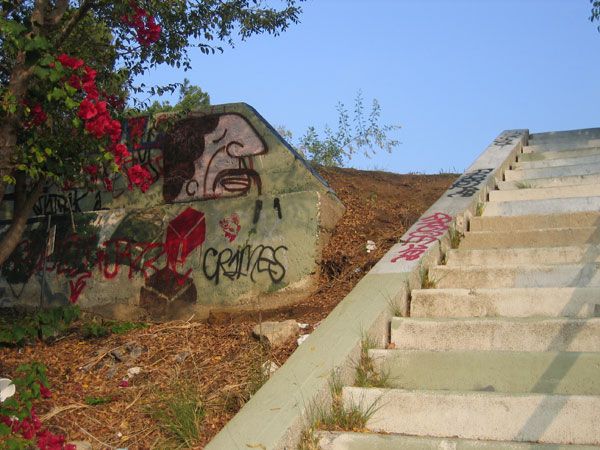
Charles Fleming is one of the world experts of coastal California’s public stairs. Charles has documented and mapped walking routes through nearly every useable public staircase in San Francisco’s East Bay, as well as in Los Angeles (where he lives). He published his findings in two walking guides, appropriately titled Secret Stairs.
Producer Sam Greenspan met with Charles in the Pacific Palisades, where people from all over Los Angeles had gathered to attend one of Charles’ monthly stair walks.
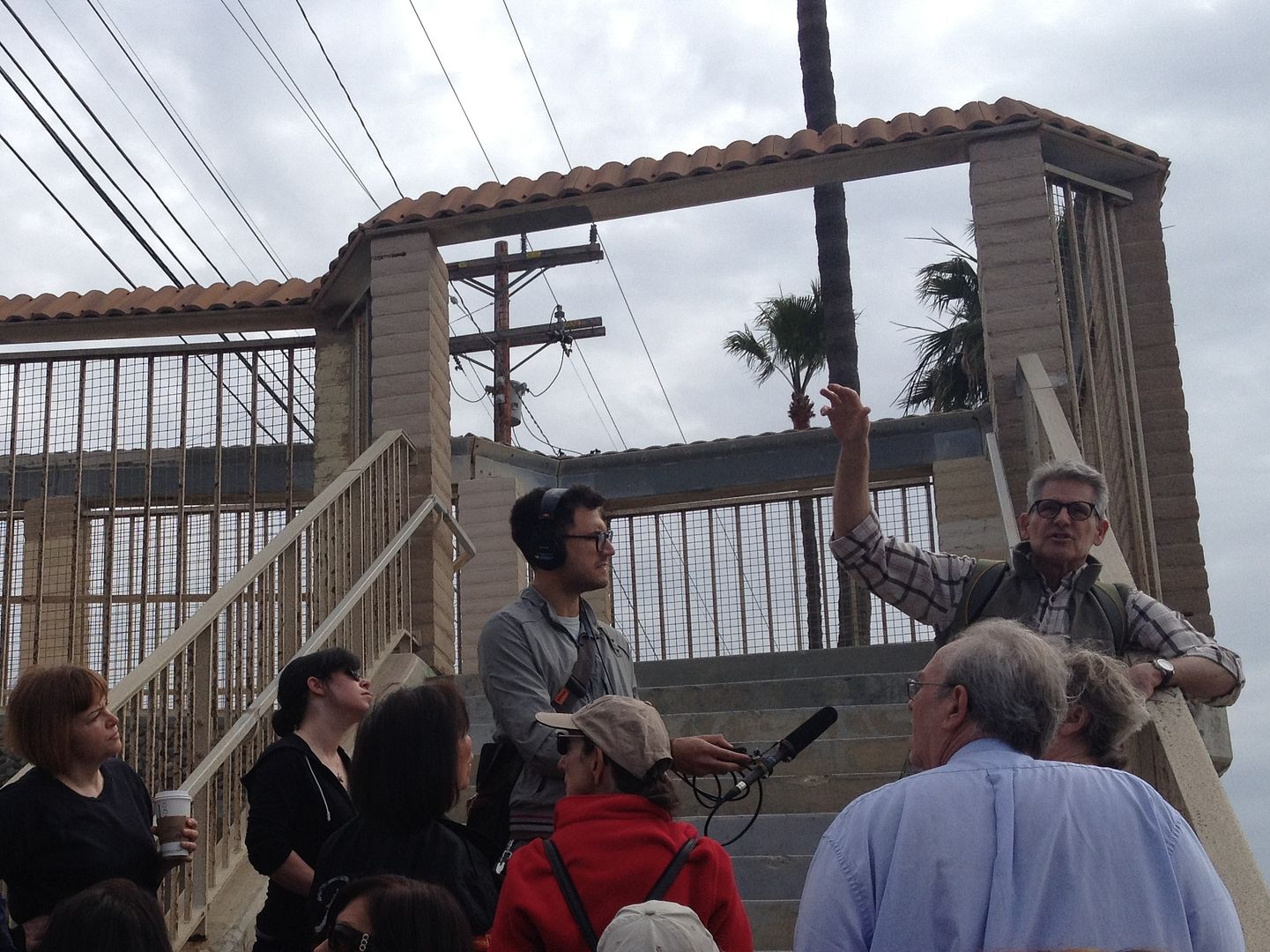
Charles’s fascination with public stairs began with a basic need to walk. “I was trying to walk my way out of a surgery,” he says. “I had had two hip replacements and two spinal surgeries in the space of about 6 years, and I was up for a third spinal surgery. I simply couldn’t face it…so I told the surgeon I’m not coming, because I had found that a little bit of walking relieved the pain I was in.”
Charles started walking flat streets, then moved to hilly streets, and eventually graduated to the stairs. He looked for a city inventory of all the staircases, but couldn’t find one. So he started making his own.
The staircases are generally either from the 1920s boom years or from the Works Progress Administration in the 1940s. They were built because developers in hilly areas needed to find a way for prospective home buyers to get down from their houses to a school, church, or streetcar line. But the Depression, and then World War II, halted most staircase construction.
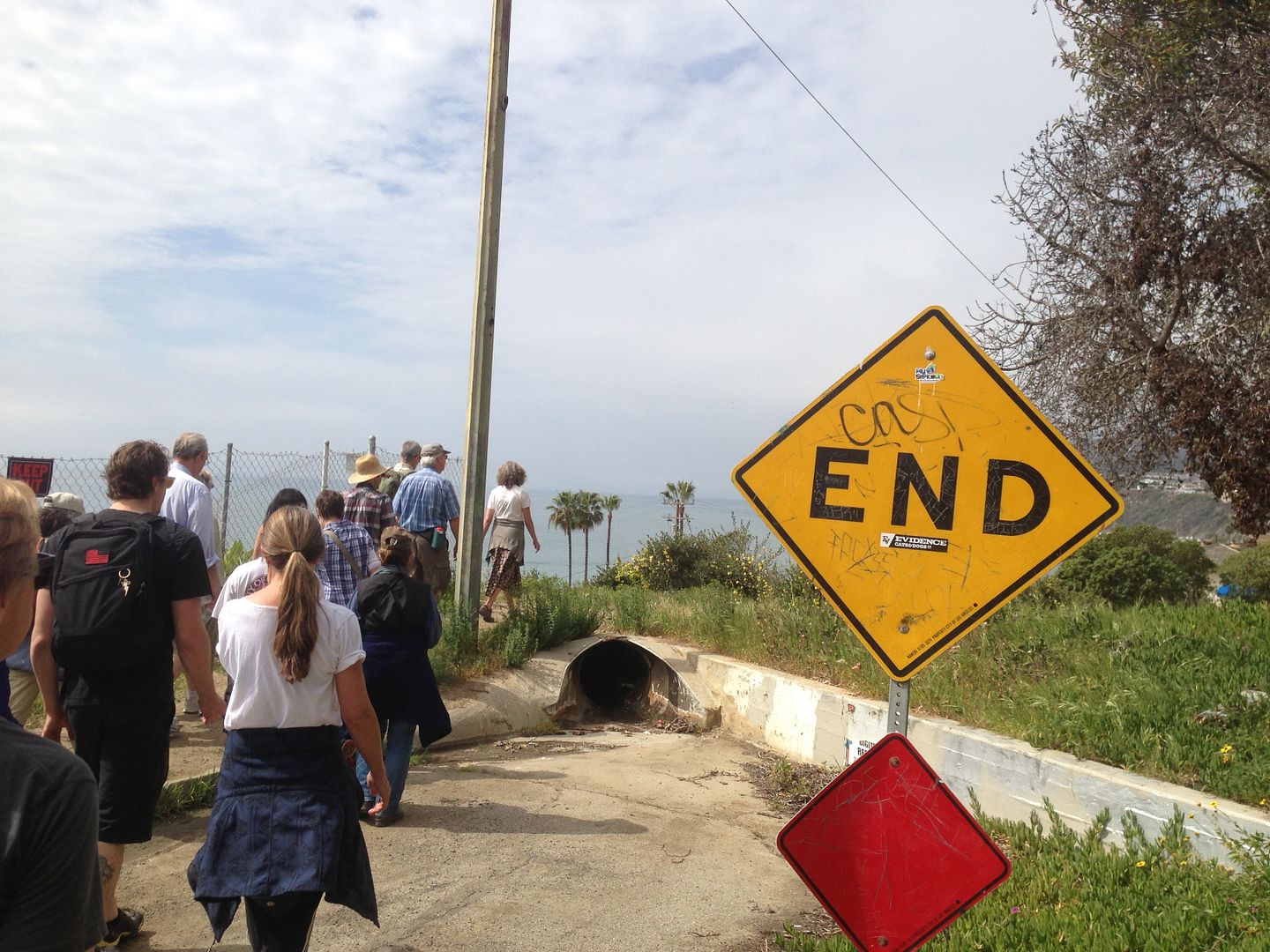
And there’s something about exploring the public stairs that feels like trespassing.
Notes:
- Public radio super-listeners may recognize Charles Fleming as the author of My Lobotomy, the book adaptation of an award-winning radio documentary of the same title.
- The “favorite place in San Francisco” referenced in this piece is Sutro’s forgotten monument, the subject of Episode #5
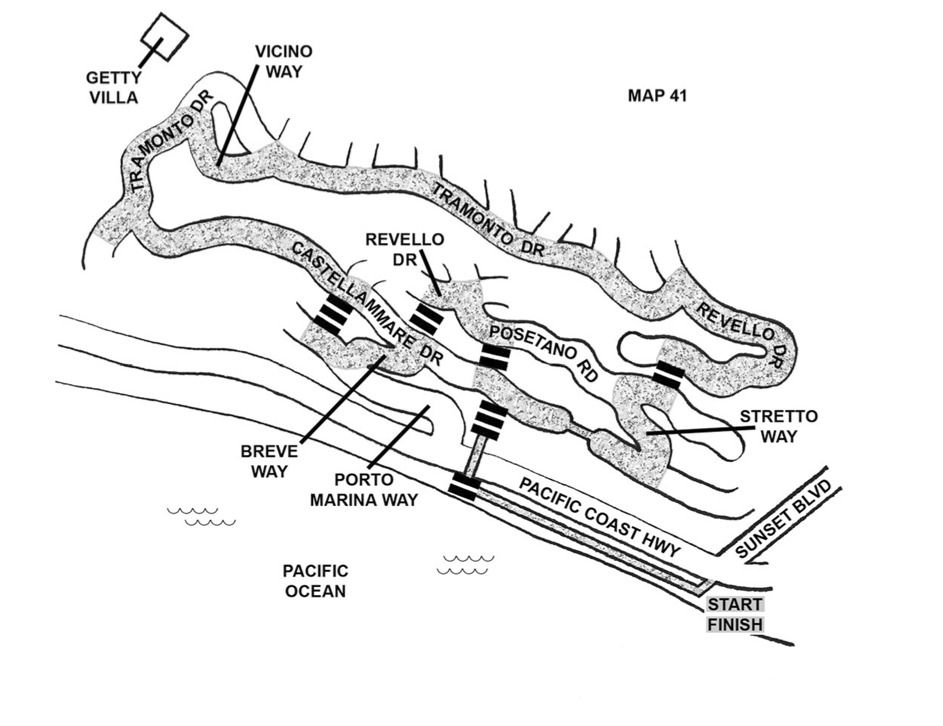
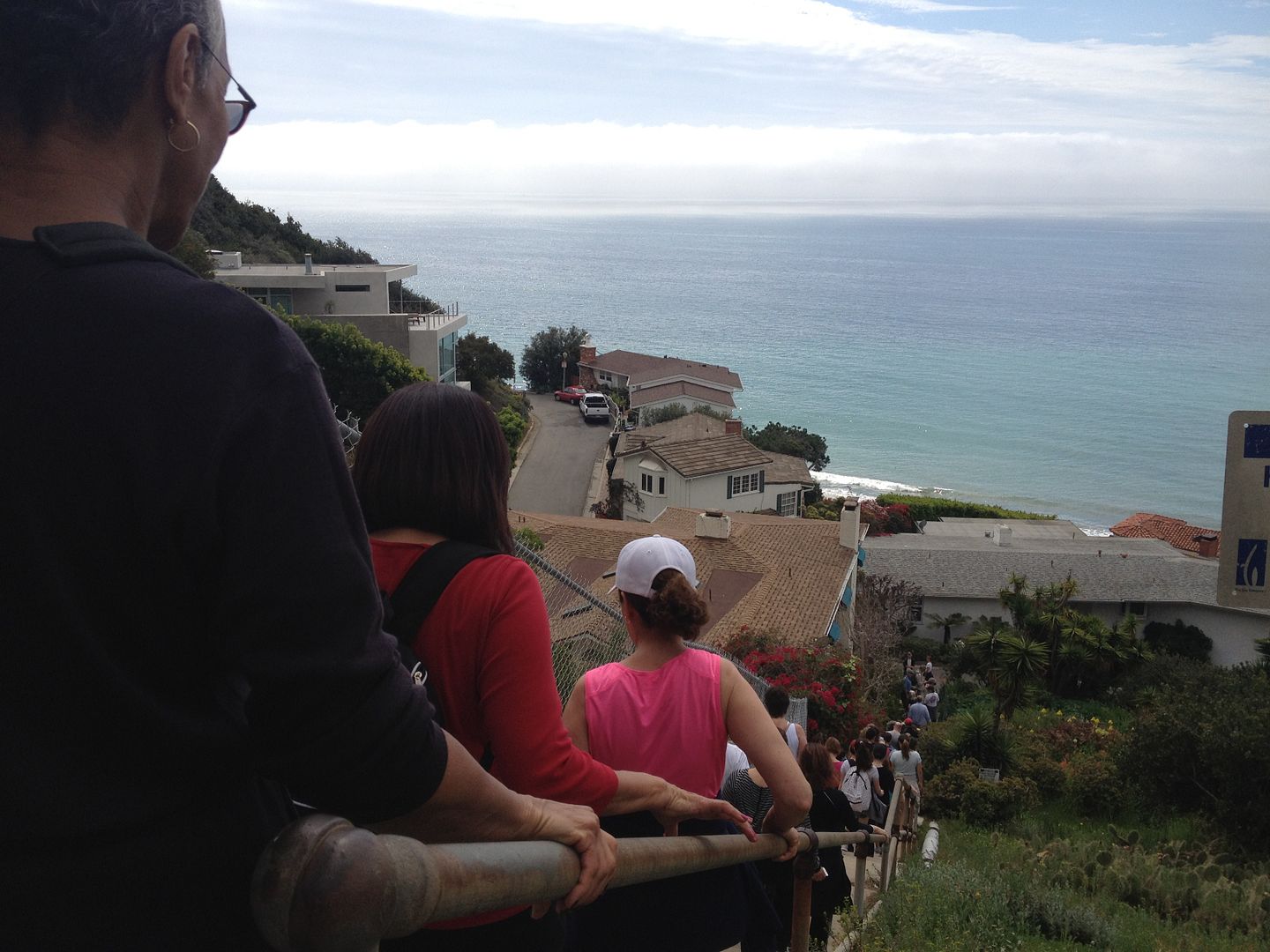



Comments (16)
Share
Since I am currently catching up on all the past episodes and the term is fresh in my mind, I have to ask if that is a “hubba” in the second picture? :)
I was directed to this site by my husband, since I, too, work in an architecture office and I am slightly obsessed with the urban environment. Sorry if I’m a little behind the times, since I’m trying to catch up on past episodes, but I can’t help but think of the public stairs ALL OVER my hometown of Pittsburgh and how awesome they are to explore as well. Their history goes way back to the days of the steel mills and they are still a vital piece of the city’s infrastructure, since the topography here is still so prohibitive for cars. I strongly urge anyone who likes public stairs to look into the Steps of Pittsburgh :)
I just recently listened to podcast #79 Secret Staircases and it reminded me of Laurel & Hardy’s “The Music Box,” a hilarious depiction of a public (not so secret) staircase!
https://www.youtube.com/watch?v=ayUjkSvdrug
The steps of Pittsburgh are world famous!
help me! :D
The city of Pittsburgh has 712 staircases, most of which are considered legal streets and have names. Check out this book about them by Bob Regan and Tim Fabian, called “The Steps of Pittsburgh: Portrait of a City”.
i hear you
This was really awesome post about Secret Staircases.
California isn’t the only place with public stairs. Pittsburgh, PA also has an extensive (and amazing!) network of city steps (as we call them here). Just do a google image search to see pictures of Pittsburgh’s awesome steps. There is also a book by Bob Regan with photos by Tim Fabian that documents this wonderful asset that helps to make Pittsburgh such an awesome City.
i have heard about these steps of pittsburg. Bog reagan counted over 712 individual sets of steps, including 44,645 risers, accounting for 24,108 vertical feet. Currently there are over 100 major stairways (having more than 100 individual steps each) documented on this CommunityWalk page
i also heard about steps of pittsburg but i never visit there. may be now i am planning to go there. and nice pictures.
With an H and proud of it.
Pittsburgh
but I can’t help but think of the public stairs ALL OVER my hometown of Pittsburgh and how awesome they are to explore as well. Their history goes way back to the days of the steel mills and they are still a vital piece of the city’s infrastructure, since the topography here is still so prohibitive for cars. I strongly urge anyone who likes public stairs to look into the Steps of Pittsburgh :)
There is also a book by Bob Regan with photos by Tim Fabian that documents this wonderful asset that helps to make Pittsburgh such an awesome City.
Will love to explore that.
I love this place but never visit this.all of information about this place.Thanks!!!